| |||||||||||


|
Paparazzi
by Akira Kato
June 28, 2003
Police probe possible role of paparazzi in Diana’s deathAugust 31, 1997Web posted at: 2:47 p.m. EDT (1847 GMT)
The photographers, who reportedly were chasing the car in a high-speed pursuit of photos, were detained soon after the accident. Police announced Sunday afternoon that they had been placed in formal custody. The above is an excerpt from the CNN news. The word “paparazzi” had been used for some time, but this accident suddenly placed the originally Italian word in the front row of the world news theater.
Diana hated those paparazzi who often began the day outside her apartment at Kensington Palace. When she went to her favorite gym, the Harbour Club, these guys set up their equipment outside, taking pictures from ladders propped over the club wall, or shooting from an apartment in the housing project across the street, paying the occupants 40 pounds or so for the privilege. So insatiable was the demand for celebrity photos, Diana’s in particular, that if a paparazzo obtained a reliable tip on Diana’s trip to New York, he would board the next plane and try to track her down once he arrived. In other words, those Diana-crazy paparazzi spent nearly every vacation with Diana—whether she was skiing in Switzerland, sunbathing in Barbados, or trying to pass a peaceful weekend at a hotel in Spain with friends. Of course, these paparazzi followed her without her permission. To Diana, those guys appeared like pestering buzzing insects. Not all paparazzi chased Diana, however. Some went for JFK junior, others followed Demi Moor, and yet others chased some other prominent actors and actresses, or any other celebrity for that matter. Basically, paparazzi chase anybody as long as some magazine or tabloid editors willingly pay for their photos. This particular paparazzo (I don’t know this guy personally, though) chased Shoshanna Lonstein, a fashion designer.
So, when did this word come into English?
Scholars dispute the origin of the name Paparazzo, but its onomatopoeic resemblance to the Sicilian word for an oversize mosquito, papataceo, made it apt to compare with this tiny, yet pestering, buzzing creature. Fellini once said, “Paparazzo suggests to me a buzzing insect, hovering, darting, stinging.” Fellini also drew a human-like figure that has no bone structure and looks like a vampirish insectile. Paparazzi, like mosquitoes, are also parasites. After the first release of the movie in Italy, the word paparazzi became synonymous with intrusive photographers who chase the stars to make a living.
The text discloses a ravenous wolf pack of freelance photographers who stalk big names for a living and fire with flash guns at a pointblank. Soon, the term spread across the pages of major news and entertainment publications across the globe, often accompanied by sensational photos of the stars. Publications that followed this trend include Esquire, Cosmopolitan, and Life magazine. It was later introduced on the television screen by popular news-oriented shows like 60 Minutes. And the word is used to point at those “celebrity chasers” with a somewhat derogative connotation.
Related
Links
World Cup Trivia
The biggest upset in a final occurred at the 1998 World Cup, when Host France thrashed favorites
Brazil 3 - 0.
The 1950 World Cup was the only competition without a real final. Host Brazil needed only a draw against Uruguay to win. A world record 200,000 fans watched as Uruguay came from behind to win 2 -1.
For safe, secure betting use North America’s first online Sportsbook Sports Interaction. Licensed and Regulated. | ||||||||||
| |||||||||||


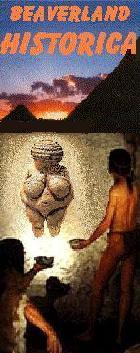



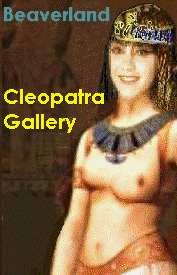
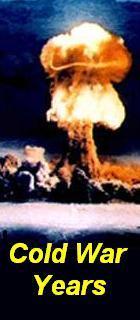


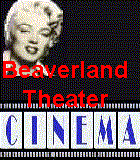



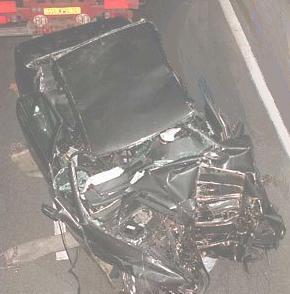 PARIS (CNN) -- French police took into custody seven photographers
who had been following the car carrying Princess Diana before it
crashed Sunday, killing her, her companion Dodi Fayed and the driver.
A security guard in the car was injured.
PARIS (CNN) -- French police took into custody seven photographers
who had been following the car carrying Princess Diana before it
crashed Sunday, killing her, her companion Dodi Fayed and the driver.
A security guard in the car was injured.
 In this context, a paparazzo (singular form) means
a celebrity-chasing professional photographer.
Some paparazzi made their living from the endless pursuit of Diana, Princess of Wales.
Diana regarded it as “being looned” when she would lose her temper and
flail wildly at the photographers she often accused of making her life a misery.
In this context, a paparazzo (singular form) means
a celebrity-chasing professional photographer.
Some paparazzi made their living from the endless pursuit of Diana, Princess of Wales.
Diana regarded it as “being looned” when she would lose her temper and
flail wildly at the photographers she often accused of making her life a misery.



 Chasing celebrities is not a recent phenomenon. In the past, some
paparazzi made a career of chasing famous (or infamous) couples such as
Chasing celebrities is not a recent phenomenon. In the past, some
paparazzi made a career of chasing famous (or infamous) couples such as
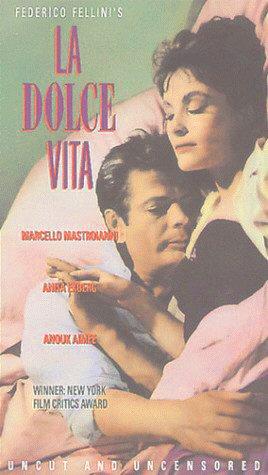
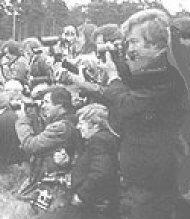 The word paparazzi entered the English language
when La Dolce Vita was released in the
United States in 1961. Time magazine introduced the word to
the American public in an article entitled, “Paparazzi on
the Prowl”. Included is a paparazzi picture of throngs of
reporters blocking
the car of a princess visiting Rome.
The word paparazzi entered the English language
when La Dolce Vita was released in the
United States in 1961. Time magazine introduced the word to
the American public in an article entitled, “Paparazzi on
the Prowl”. Included is a paparazzi picture of throngs of
reporters blocking
the car of a princess visiting Rome.

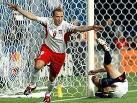 Possibly the most infamous goal in the World Cup was scored in 1986, when archrivals Argentina and England met. Argentina’s Diego Maradona leapt high for a ball and used his hand to tap it past the goalkeeper and into the net. The goal became known as the “The Hand of God”.
Possibly the most infamous goal in the World Cup was scored in 1986, when archrivals Argentina and England met. Argentina’s Diego Maradona leapt high for a ball and used his hand to tap it past the goalkeeper and into the net. The goal became known as the “The Hand of God”. 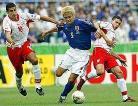 For a few, winning in the World Cup is not everything. In 1990 United Arab Emirates players were promised a Rolls-Royce for every goal the team scored. UAE lost all three games, but scored twice.
For a few, winning in the World Cup is not everything. In 1990 United Arab Emirates players were promised a Rolls-Royce for every goal the team scored. UAE lost all three games, but scored twice.
